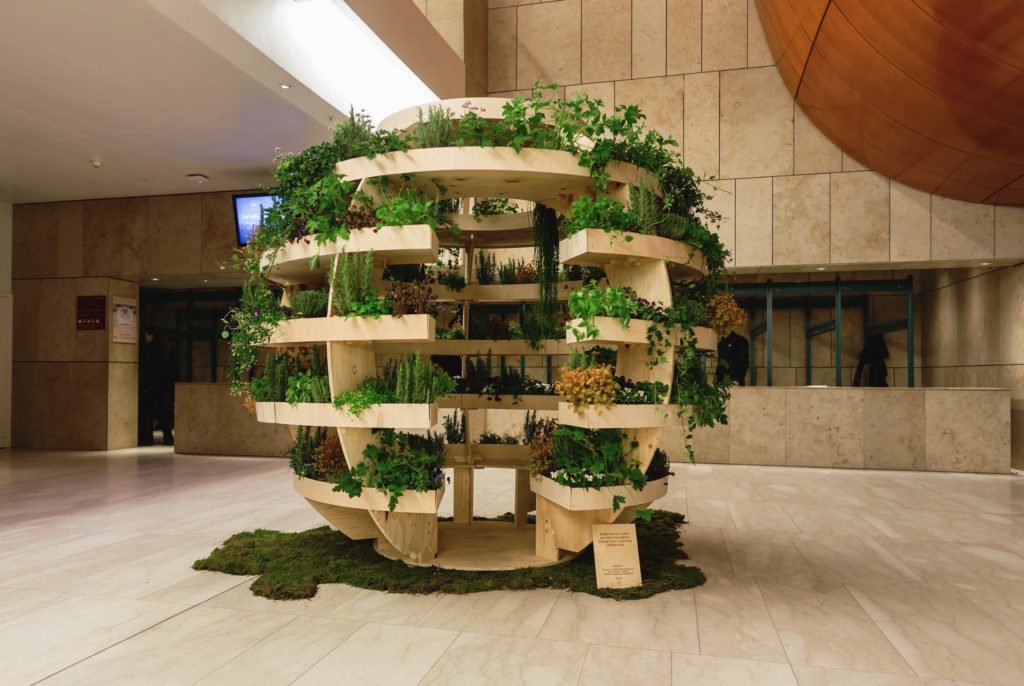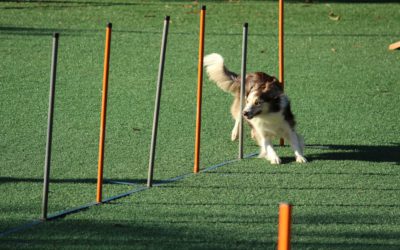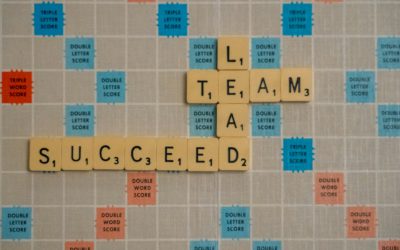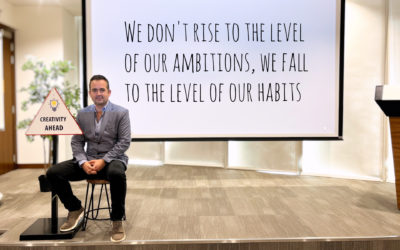What are the Basic Concepts of AI That Modern Leaders Should Understand and Why is it Important for Them to Stay Up to Speed, Even If They Are Not Technical? Estimated reading time: 8 minutes Understanding AI Fundamentals: Essential for informed decision-making. Key...
IKEA is a global furniture retailer known for its affordable and stylish products. The company has built its success on a commitment to human-centric innovation, consistently putting the needs and preferences of its customers at the center of its design process.
One example of IKEA’s human-centric approach can be seen in its collaboration with the United Nations Refugee Agency (UNHCR). In 2016, IKEA partnered with UNHCR to design and produce the Better Shelter, a portable and easy-to-assemble shelter for displaced families. The shelter was designed to provide a safe and comfortable living space for families who have been forced to flee their homes due to conflict or disaster.
To design the Better Shelter, IKEA worked closely with UNHCR and refugees to understand their specific needs and preferences. Through interviews and focus groups, IKEA gathered feedback on everything from the size and layout of the shelter to the materials and features that would be most useful. This human-centric approach allowed IKEA to create a shelter that was tailored to the needs and preferences of displaced families, and ensured that the final product would be practical, comfortable, and affordable.
In addition to its collaboration with UNHCR, IKEA has also implemented human-centric design principles in its everyday product development. For example, the company uses customer feedback and user testing to refine its products and make them more user-friendly. This approach has led to the development of products like the KLIPPAN sofa, which was designed with feedback from customers who wanted a small and versatile sofa that could be easily moved and reconfigured.
Overall, IKEA’s commitment to human-centric innovation has allowed the company to create products that are tailored to the needs and preferences of its customers. By putting people at the center of its design process, IKEA has been able to develop products that are practical, comfortable, and affordable, and has helped the company build a strong reputation and a loyal customer base.
SPACE 10: A culture of experimentation
IKEA’s innovation lab SPACE 10 is a research and design studio that was founded in 2015 with the goal of exploring new and sustainable ways of living. Located in the heart of Copenhagen, SPACE 10 brings together designers, researchers, and creatives from around the world to work on a wide range of projects that focus on sustainability, technology, and the future of home living.
One of SPACE 10’s most notable projects is its work on urban farming. In 2018, the lab unveiled the “Growroom,” a spherical, self-sustaining garden that allows city dwellers to grow their own food in small urban spaces. The Growroom is designed to be modular and scalable, so that it can be customized to fit different environments and needs. It is also made from sustainable materials, such as recycled wood and biodegradable plastics, and it uses natural light and water to create an optimal growing environment.

In addition to its work on urban farming, SPACE 10 also explores other areas of sustainability, such as renewable energy and circular design. For example, the lab has developed the “Solvatten,” a portable water purification and heating system that uses the power of the sun to provide clean water and warmth for people living in off-grid areas. The Solvatten is designed to be easy to use and maintain, and it is made from sustainable materials that can be recycled or repurposed.
Overall, SPACE 10’s focus on sustainability and human-centered design has allowed the lab to develop innovative solutions to some of the biggest challenges facing our planet.








